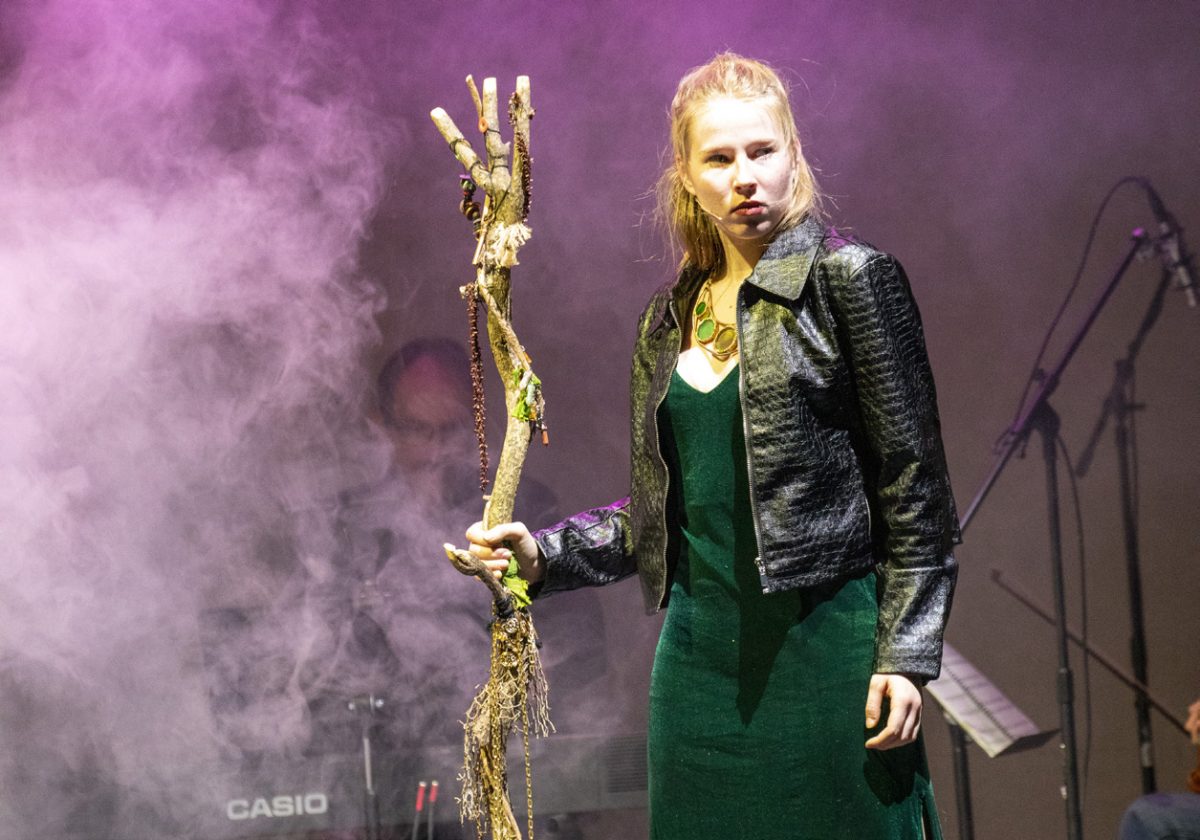James Zhao is a pianist and violinist. He is a member of the orchestra and Philharmonic, and in his free time, he teaches music to children. Here, Zhou offers a student evaluation of a piano concert hosted by the music program.
On April 4, pianist Leonel Morales and his pupil, Eugenia Sánchez Durán, showcased their talents in Elfers Hall. The performance included works by Chopin, Beethoven, Ravel, and Liszt.
Morales is an internationally acclaimed Cuban-Spanish pianist. He teaches at the Sommerakademie in Salzburg and the University Alfonso X el Sabio in Madrid, Spain. Morales is also the founder of the Granada Music Festival “Leonel Morales and Friends” and serves as the Artistic Director and Founder of the María Herrero International Piano Competition. He is a regular performer at the school and teaches masterclasses for the Hotchkiss in Spain summer music program.
His student, an award winning pianist Eugenia Sánchez Durán, is heading towards similar success. An award winning pianist, she has performed in prestigious venues such as Carnegie Hall and the Mozarteum in Salzburg, Austria. She is also a 2018 alumna of the Hotchkiss Piano Summer Portals program.
The first half of the program exclusively featured Morales. He opened with Chopin’s Mazurka No. 4, a lively Polish folk dance in triple time; he then progressed to Ballade No. 4, a technically complex piece that is widely regarded as the hardest of the four Chopin ballades.
Beethoven’s “Appassionata”—a classic favorite—began with the first movement’s solemn, ominous arpeggiated chord in octaves, descending into the depths of the piano and then rising to the higher registers, then spiraling off in a tense, agitated, and turbulent mood. In the third and last movement, the fast passages of sixteenth notes require the performer to play with extraordinary clarity and intense passion, earning the piece its deserving title.
Durán began the second half of the performance with Ravel’s “Ondine,” a picturesque composition drawing inspiration from a work by French poet Aloysius Bertrand that evokes a mischievous water nymph. The piece demands nuanced expression and technicality of the performer, especially in the right-hand section, where the player has to maintain the awkward triads in an agile tempo and light-footed mood.
Durán continued with the even more difficult Liszt’s B Minor Sonata, a transcendental and virtuosic single-movement piece. After a peaceful descending B major scale, the piece finally comes to a resolution with an ethereal B major chord, and the audience erupted into enthusiastic applause for the performers.







